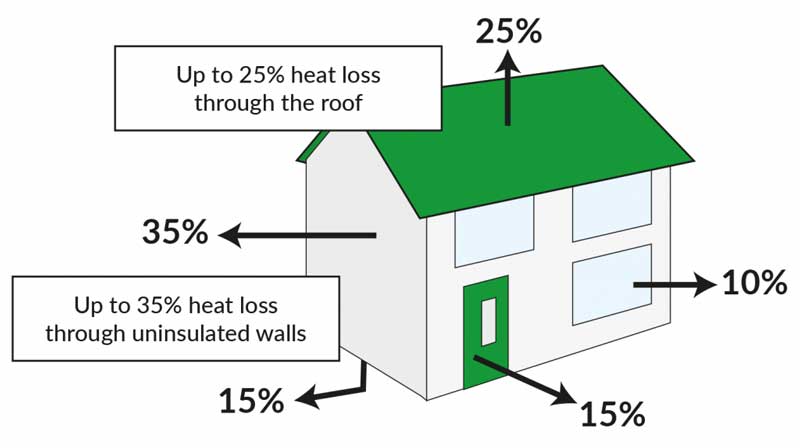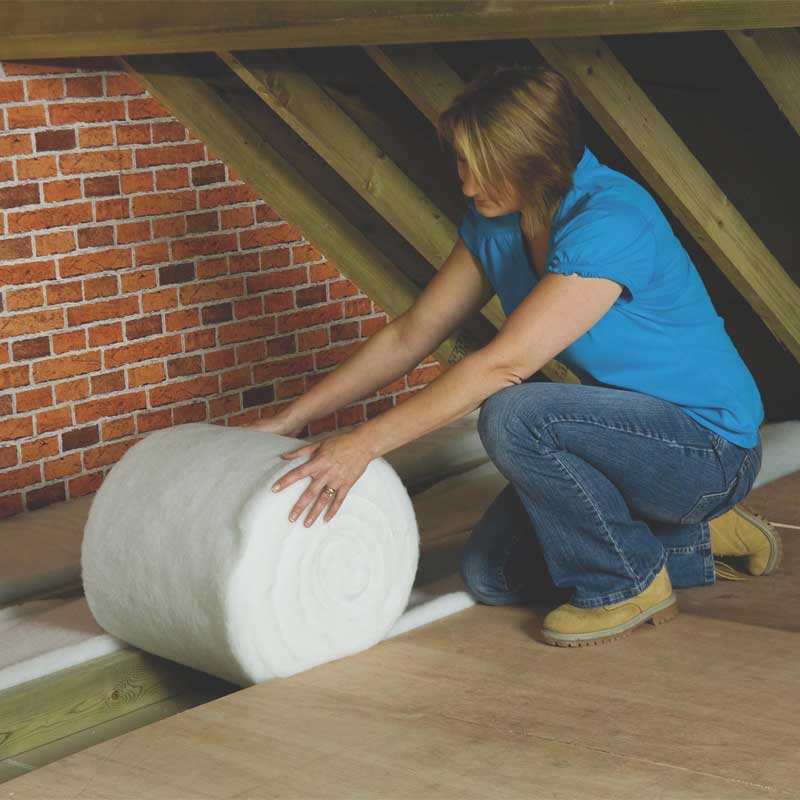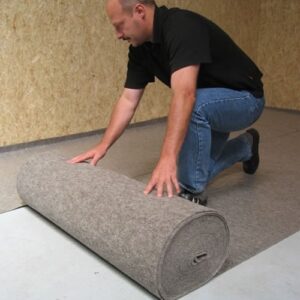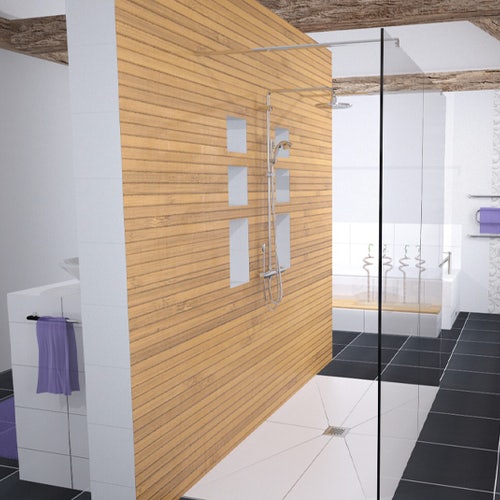Thermal insulation is the solution to one of our most challenging property problems in the UK – how do we prevent or reduce heat loss?
The goal is to reduce the amount of money, gas and electricity we use to do this. Heat radiates from the walls, windows, roof and floors of a property; so, as heat is lost, you have to contend with lower internal temperatures or spending more money heating the space over and over.
In the summer, this heat loss can turn into heat transfer, where too much heat comes into the property. Luckily, thermal insulation is a relatively simple solution that seeks to prevent too much heat loss and too much heat gain. Some of the most common areas to insulate include lofts, cavity walls, external walls and floors.
Let’s take a closer look at what is thermal insulation and how it works!
Table of contents:
- What is thermal insulation?
- Loft insulation
- Cavity wall insulation
- External wall insulation
- Floor insulation
- Final thoughts
What is thermal insulation

The primary purpose of thermal insulation is to minimise heat flow, whether it’s preventing heat from escaping a heated space (such as a building during winter) or preventing heat from entering a cooled space (such as a building during summer).
Effective thermal insulation materials typically have low thermal conductivity, meaning they are poor conductors of heat. This property helps them resist the transfer of heat through conduction.
What’s more, many insulation materials also reduce heat transfer through convection and radiation by incorporating features like trapped air pockets or reflective surfaces.
Now that we know how thermal insulation works, let’s take a closer look at some common types and materials.
Loft insulation

Loft insulation generally comes in large rolls and is installed in your loft to prevent heat from rising through your roof. It is estimated that around 25% of heat loss is through the roof, so this should be the first place you insulate when you move into a new property. Loft insulation includes loft rolls made of glass wool, mineral wool and sheep’s wool. Each of these fairly natural products is low-cost and can be installed in bulk for maximum return on investment.
Not sure how to insulate your loft? Check out our dedicated guide!
Cavity wall insulation
Cavity wall insulation is a type of thermal insulation used in homes with cavity wall construction. It prevents heat loss through walls by filling the void between internal and external walls with insulating foam, insulation board, roll insulation and many other options. An estimated 33% of all heat loss is through walls, so consideration should be made to some kind of wall insulation.
External wall insulation
External wall insulation can include cladding and insulation systems that are affixed to the outside of your walls. This works for properties without cavity walls and prevents heat loss through external surfaces. As above, around 33% of heat loss is through walls. External wall insulation, also known as EWI, is also beneficial if the walls are solid (brick, for example) and homeowners don’t want to lose floor space by insulating inside the property.
 Floor insulation
Floor insulation
Floor insulation can be placed underneath the floorboards on each level of your home. It helps prevent heat loss through the floor and can also provide acoustic protection too.
This combined effect helps reduce the estimated 15% of heat lost through floors and helps stop noise travelling between floors if you opt for certain combined thermal and acoustic floor insulation products.
You can find out how to insulate a floor in our specialist guide.
Given the high price of fuel and our often inclement weather, it makes sense to prevent heat loss wherever possible.
Final thoughts
Thermal insulation is crucial for enhancing energy efficiency, maintaining comfortable indoor environments and reducing environmental impact.
By minimising heat transfer, insulation lowers energy consumption, leading to cost savings and decreased greenhouse gas emissions. It promotes occupant comfort, protects infrastructure from thermal stress, and improves indoor air quality by preventing moisture buildup and mould growth.
Key takeaway:
Thermal insulation is essential for sustainable, healthy and cost-effective building design and operation.
If you would like more advice or assistance on your different insulation options, call our insulation experts on 01752 692 206 or use the chatbox in the bottom right-hand corner of the screen and we’ll be happy to help.
















